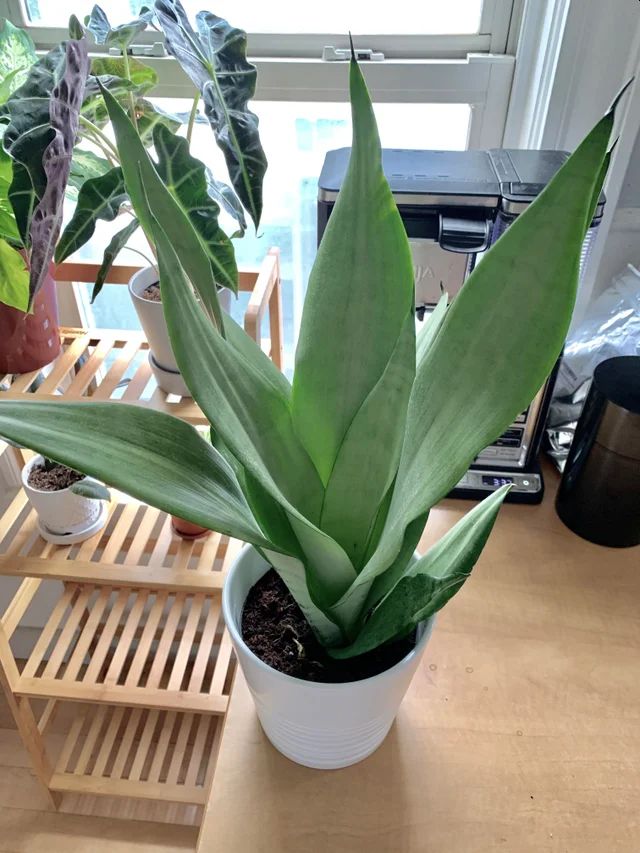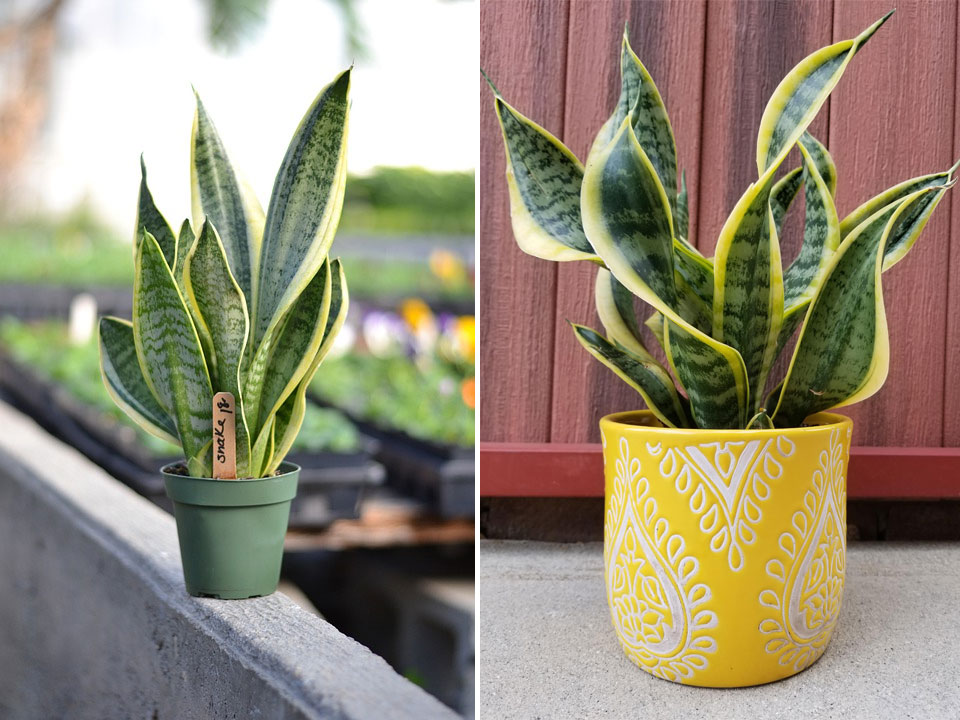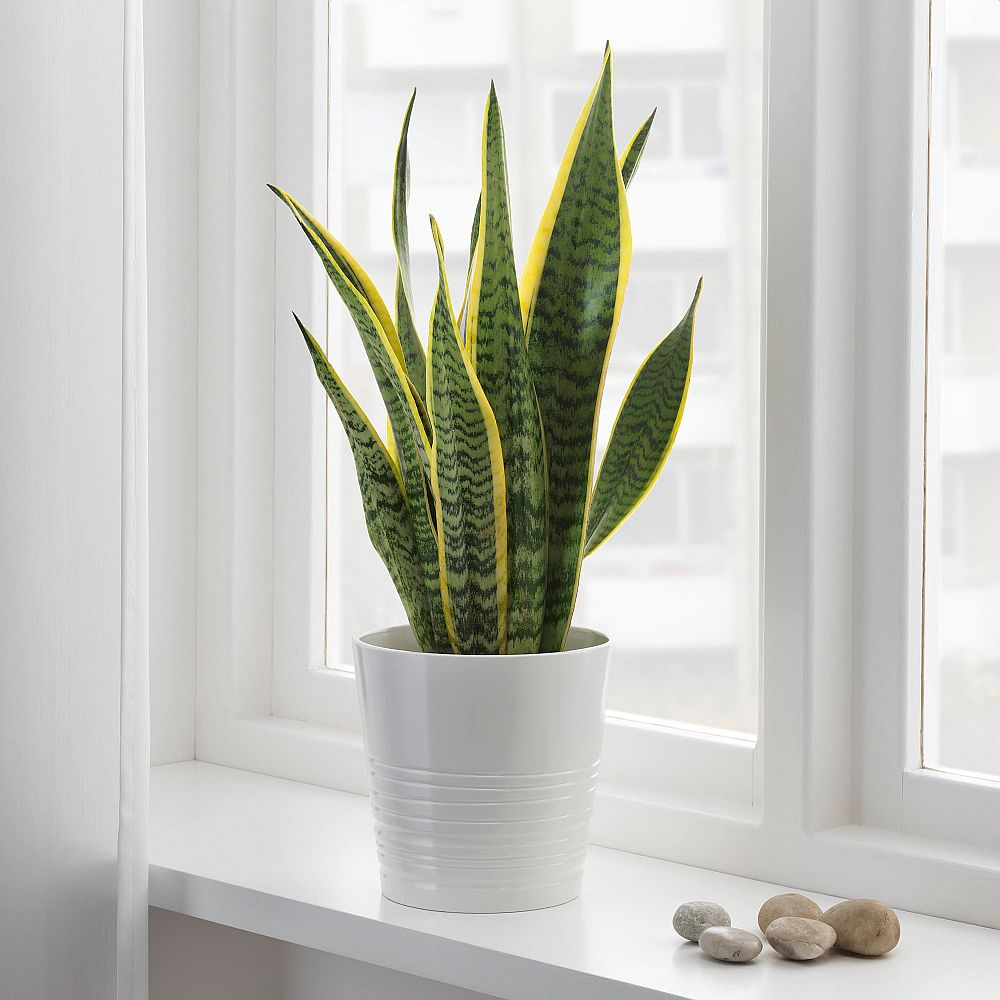Sansevieria Moonshine Snake Plant: How to Care for The Mother in Laws Tongue
The Moonshine Snake plant is kind of like a celebrity indoor plant amongst many households. Sansevierias are sturdy cultivars with immensely-low maintenance demands, so be sure that your experience with this houseplant would be incredibly exciting.
Its botanical name is Sansevieria trifasciata, and the succulent belongs to the Asparagaceae family. It’s native to West Africa, particularly from Nigeria, Senegal, Ghana, and Guinea.
Because of its robust longevity to thrive under wild conditions, the Mother in Laws Tongue (you will read about this below) can juggle as both an indoor and outdoor landscaping plant.
Sansevieria Moonshine a.k.a. Mother in Laws Tongue
The Snake plant also goes by other names such as:
- Silver Moonshine
- Moonshine snake plant
- Sansevieria Futura Silver Offset’
- Moonlight Sansevieria
It’s dubbed all these names because of its curly leaves which are light-green and remain tough, no matter the season.
This plant is also oddly labeled as “Mother-in-Law’s Tongue” because the also leaves have quite sharp edges.
Taking care of the snake plant just requires minimal effort, so it’s perfect for beginners looking to adopt an impressively tolerant succulent. You can place it on a windowsill since the plant only grows up 2′ feet tall unless you want to use growth hormones and add fertilizer during spring and summer.
Giving it such extra essentials would potentially make it have room to grow slightly bigger and taller.
Moonshine Snake Care Guide
Soil Requirements
Use the typical potting mix for succulents when planting your moonshine snake to help the rhizomes have a firm support base.
Potting soil for cacti plants would also be ideal in this scenario. It makes the drainage process a whole lot easier, compared to loamy soil which is less permeable. Take note that if the roots are stuck in water for extremely long hours, they would begin to rot and you’d lose your plant eventually.
You definitely have the autonomy to transplant your Moonshine plant anytime you deem fit, but it’s best to be a little patient so the rooting hormones and the rhizome structure can both have a grace period to mutate to any acute conditions that’ll probably occur when repotting it.
Watering
One thing to take note is this succulent doesn’t need too much water to keep its leaves fairly strong and healthy. It’s naturally a hardy plant and stores enough water to beat dry periods. If the soil takes longer hours to drain water, the roots might begin to rot.
Notwithstanding the fact that the Moonshine snake is significantly drought-resistant, you still need to give the soil some period to dry up entirely before the next watering session.
You also want to tone down the watering frequency during winter since the rooting hormones become numb due to the extremely cold conditions. So the nutrient-intake and water absorption would come to a halt and the roots get ruined if they’re drenched in water for too long.
If you want to accelerate the growth rate and foliage quality of your plant, you can purchase an all-purpose soluble fertilizer, but use not more than once every summer or spring, when the growing conditions are far more suitable.
Grooming & Maintenance
It’s quite impressive how the snake plant thrives with minimal grooming efforts. But that’s not to mean you have the optimal leverage to deprive off of your plant the attention it deserves. After all, you don’t want to end up with a plain-looking houseplant somewhere in your apartment’s balcony.
To maintain it’s exotic and elegant appearance, you’ll mostly need to pluck off the dead leaves, keep the medium in a spot where it gets moderate to beaming light. If the leaves begin to turn yellow, then your plant could be suffering from root rot.
Light & Temperature
Ideally, the moonshine snake adopts a striking look when grown under filtered bright light—mostly the morning sun if you’re looking to grow it indoors. But you don’t need to rigidly stick to this tweak since it can still mutate to both high and low light conditions. With USDA hardiness zones 10 through 11, this suggests that the secret sauce to help your plant thrive consistently is to grow it under warmer temperatures—preferably between 55-8°C.
How to Propagate Your Moonshine Snake Plant
The most effective method to help make your baby moonshine have a wildly sprouting rhizome structure is by division. While dividing the rhizome, use a sharp and sterilized knife, to protect it from catching bad strains of bacteria.
If you prefer using leaf cuttings to propagate your moonshine snake, make sure it’s at least, 2′ inches and pluck them from leaves that seemingly appear to be mature enough.
As we noted earlier, it’s far more beneficial to use well-draining potting soil— which is incredibly permeable, helps the roots have a firm base, and free from getting soaked in water for too long.
You need to also plant the leaf-cuttings at least 1′ inch deep. This would give them space to develop a rigid support system and the roots will grow rapidly in no time. Remember to place the growing medium somewhere with filtered light since direct sun rays tend to scorch the leaves.
Common Pests & Diseases You Might Deal with
Being an extremely hardy plant, you won’t need to fight any serious infections or pest attacks. The only pests you’ll probably worry about are mealybugs and spider mites.Growing such a nifty plant comes with less trouble and the problems it might experience aren’t hard to fix.
When the temperatures are persistently too cold or say when the roots are drenched in water for long hours, a few dark spots tend to develop on the leaves, so you need to pay close monitoring on this sign.
Is The Moonlight Snake Toxic?
Most Sansevieriascontain mild toxicity levels that could result in irritation when ingested by humans or pets. These toxic elements are known as saponins and when consumed in large portions, you’d experience nausea and beginn to vomit in due course.


